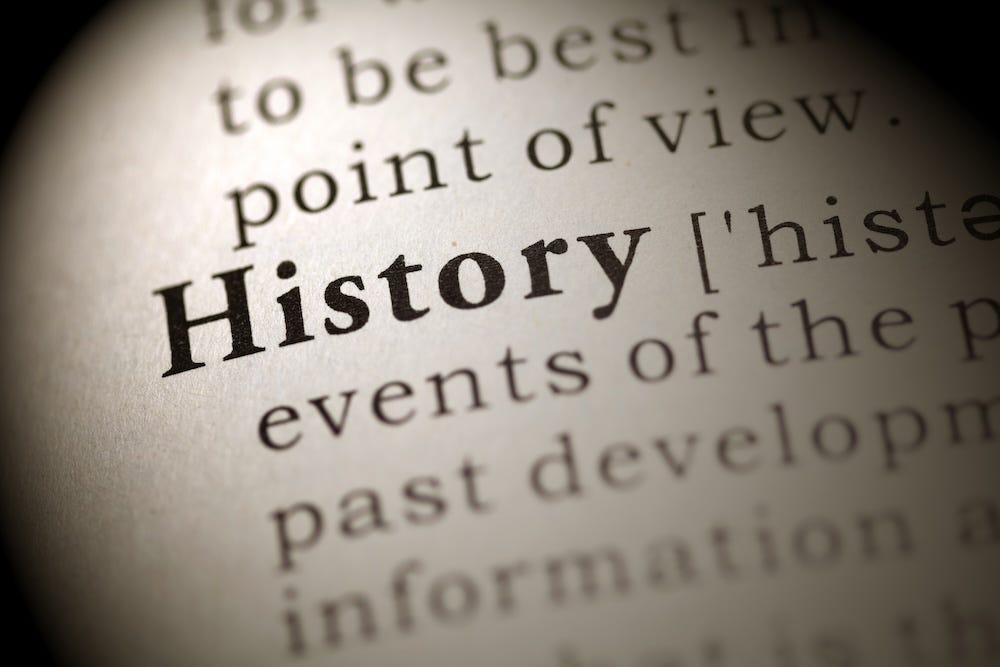My love for historical fiction started early. I grew up reading books like Little House on the Prairie, Number the Stars by Lois Lowry, and Island of the Blue Dolphins by Scott O’Dell.
I have always gravitated towards the nostalgic past. When I was a child I was certain that I had been born in the wrong century. When I think back to my early love of historical fiction and the books that inspired it, I have to acknowledge the problematic nature of many of those books. The Little House on the Prairie series, for example, is rife with prejudice and racism. Despite the problems, I still loved reading them to my daughter when she was of age, and chose to use it as a teaching opportunity.
As I grew older, I read books that brought to life a less romanticized version of history. By the time I was an adult, I was seeking out books that showcased lesser-known historical figures and women. It took me a while (longer than it should have) to realize that the history I encountered in school and popular culture was presented through the lens of those who were allowed to share it. A problem that persists to this day.
As I learned more about the history of people who had their lives and cultures suppressed or erased, I started to want to read more fiction that focused on those lives. The historical fiction genre has come a long way in sharing the lives of those who have been marginalized or largely erased. There is still a long way to go.
In my own writing, I am highlighting single women who took homestead claims and spent years ‘improving’ the land so they could prove up and own the property outright. When I tell people about this, or share a bit of my writing with others, the reaction is often surprise and even disbelief. There is a perception that women would never have been able or allowed to attempt such a thing back in the late 1800s.
As the author, it is my job to make the reader believe in the women and their reasons for taking on such an audacious venture. That believability comes about by creating a world where it makes sense for a woman to take a homestead claim of her own. Historical records and personal accounts provide me with details I need to build a world in which it feels inevitable, but it is the characters themselves that will make the story feel real.
Are you writing a story about a little-known piece of history? If so, what do you think readers will find most surprising and how will you try to convince them otherwise? Hit reply and let me know or share in the comments.
Tidbits for the curiosity cabinet
This archive dedicated to classic women authors and their work is a great place to dig for untold stories.
Curious about the role women have played in book history? This bibliography contains plenty of sources of inspiration.
Want to make sure you’ve put your characters in the right clothing for their time. This timeline of clothing styles should help.
Writing a draft can take a long time and it can help to get a sense of what is going well and what needs work before you keep going. My mini edits are designed to help writers improve their skills before they have a completed draft. I would love to support you on your writing journey!





I’m nodding along with you. I enjoyed all the books you mentioned. And I was in my early twenties when a history PhD student I knew told me that she studies history to understand rather than repeat. Having also grown up in a time and place I would have loved to escape, history had been “safe”, over and done with.